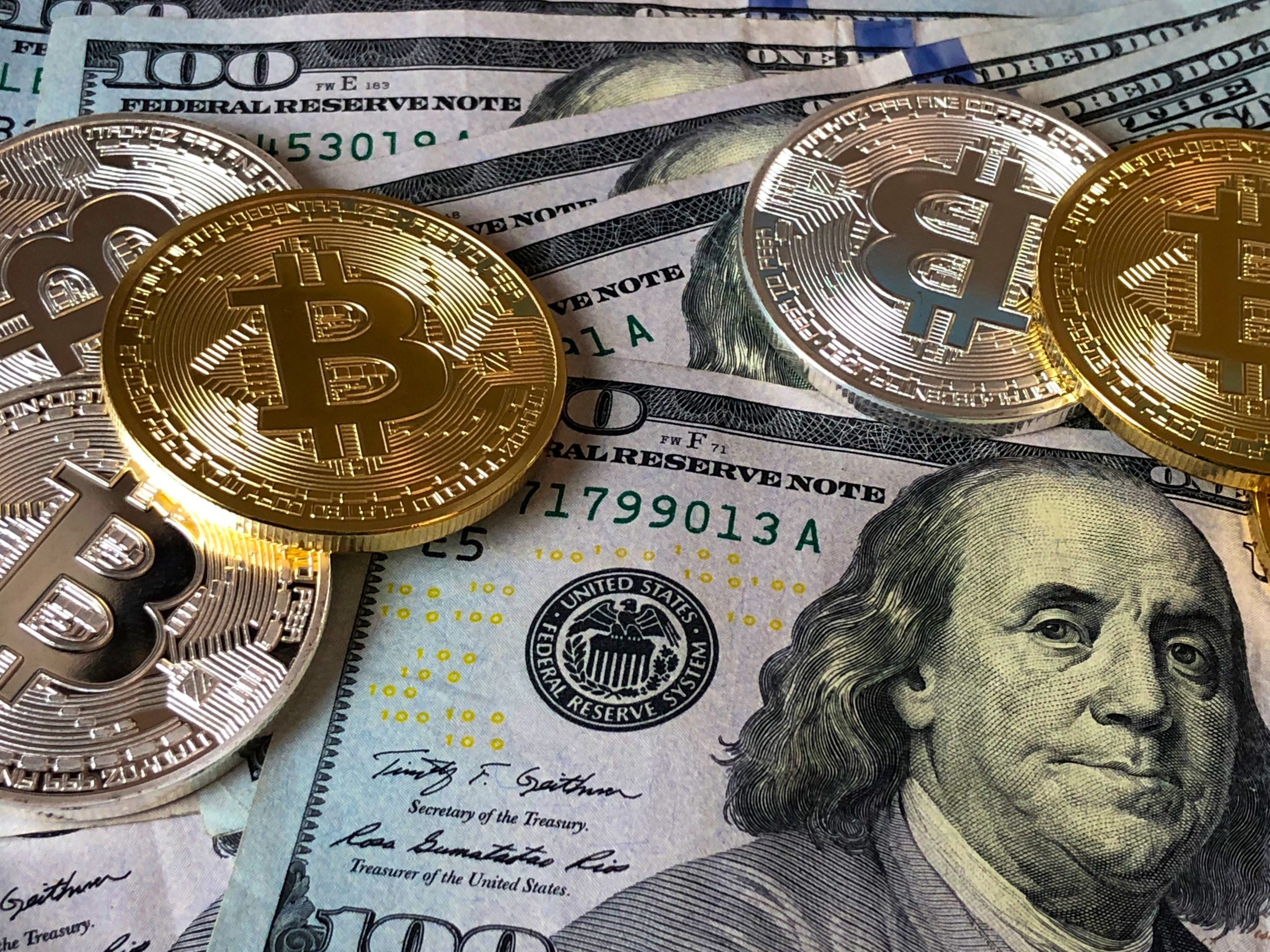Finance
The Decreasing Purchasing Power of the US Dollar
The US dollar has been the world’s reserve currency for decades, but its purchasing power has been steadily decreasing over time.

The US dollar has been the world’s reserve currency for decades, but its purchasing power has been steadily decreasing over time. In fact, since the US Federal Reserve was established in 1913, the dollar has lost 97% of its purchasing power. This means that what you could buy for $1 in 1913 now costs $26.21.
There are several factors that have contributed to the dollar’s decreasing purchasing power, including inflation, government debt, and the Federal Reserve’s monetary policy. Inflation is the most significant factor, as it erodes the value of money over time. The US government has also accumulated a large amount of debt, which puts pressure on the dollar’s value.
In addition, the Federal Reserve’s monetary policy has played a role in the dollar’s decreasing purchasing power. By keeping interest rates low and printing more money, the Fed can stimulate economic growth in the short term, but this can also lead to inflation and a weakening of the dollar’s value over time.
While the US dollar is still the dominant global currency, its decreasing purchasing power is a cause for concern. It means that Americans have to spend more money to buy the same goods and services they could have bought in the past. It also has implications for international trade and finance, as other countries may start to look for alternative reserve currencies that are more stable and reliable.

